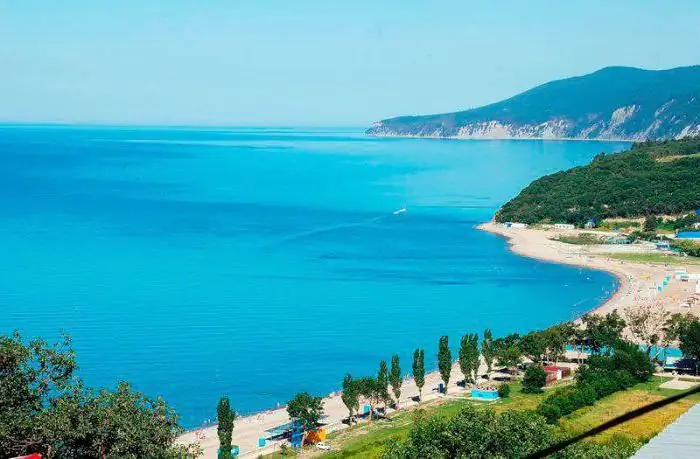- Author Harold Hamphrey [email protected].
- Public 2023-12-17 10:06.
- Last modified 2025-01-24 11:10.
Back in the 90s of the last century, there were 32 administrative districts in the capital. Today there are only nine. The Western District (Moscow) is rightfully considered the most environmentally friendly and favorable area.
Special Territory
The image of this area of the main city of the country began to emerge in the distant 50s of the last century. The new Russian businessmen actively supported the given trend: they were happy to build and settle along the famous Michurinsky and Kutuzovsky avenues. Thanks to this, the Western District (Moscow) received the unspoken status of a special territory.
Respectability of the district is growing year by year. The district is the leader in the number of new premium and business-class buildings in the capital. And the number of residents with well-to-do well above average is also the largest in this district.

Famous landmarks
Glorious JSC of the City of Moscow with its cultural objects. This is a unique, well-known park complex far beyond the borders of the capital on Sparrow Hills, on the coast of the Moskva River, the natural reserve of the same name, an observation deck (popularly called “mountain”), Moscow State University (the main building), the Botanical Garden. Kutuzovsky Prospekt welcomes guests with the Triumphal Arch. It was erected in honor of the victory of the Russian people in the Patriotic War of 1812. Not far from it, the Panorama of the Battle of Borodino museum complex and the grandiose Victory Park are open, which includes several museum complexes, including the famous Poklonnaya Gora.
Is there life near the industrial zones?
The Western District (Moscow) has five industrial zones on its territory. The largest of them are located in the Ochakovo-Matveevsky district. Along with the famous brewery, a landfill for the disposal of high-rise buildings and a brick factory that is harmful to the ecology of the area, there is the infamous and largest CHPP-25 in the capital. Air pollutants contained within a radius of more than 7 km.
The inhabitants of the region and VILS (All-Russian Institute of Light Alloys) are not happy, the ovens of which are smoked without stopping for a minute. No less dangerous for the ecology of the district is the secret research and production complex named after. M. V. Khrunichev. He is engaged in the production of launch vehicles for the Proton system, and the waste from his activities is very toxic.
We must not forget that several major highways pass through the Western District (Moscow). These are Lomonosovsky Prospekt, as well as Michurinsky and Kutuzovsky, Vernadsky Avenue, Mozhayskoye and Rublevskoye highways. Due to this, the concentration of permissible impurities from exhaust gases is exceeded by more than three times.

North-Western District of Moscow
He is rightfully considered the "lungs" of the capital. Almost 50% of the territorydistricts - natural objects surrounded by the waters of the Canal. Moscow, the river of the same name and the Khimki reservoir.
The district is rich in architectural monuments. The most visited place by tourists is the mansion in Bratsevo. It was erected by the famous Moscow architect - A. N. Voronikhin. The Pokrovskoye-Streshnevo estate, built in the 90s of the 18th century, attracts with its mystery.
The temple complexes of the ancient estates of the boyars Naryshkins and Godunovs in Khorokhovo (XVI century) and Trinity-Lykovo (XVII century) are perfectly preserved in the district.

Most of the mass celebrations and holidays take place in the North-Western region of the capital.






